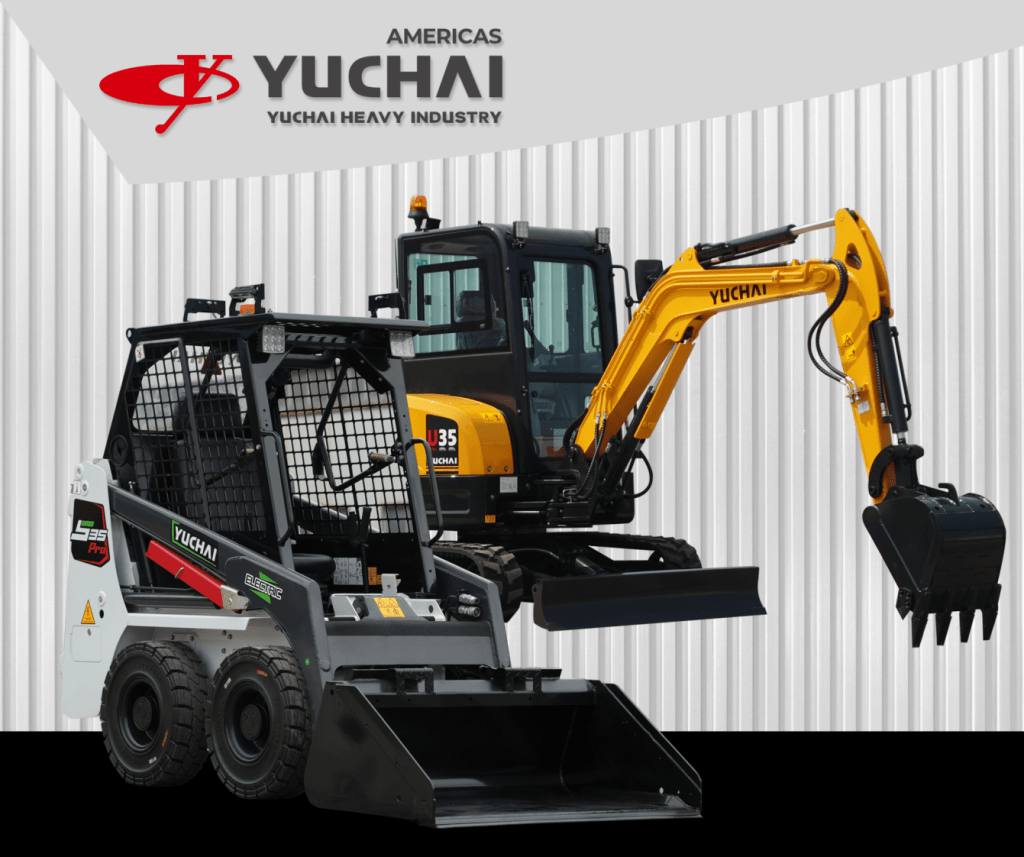Excavator and Skid Steer Safety and Compliance
Important Note: Buyer Responsibility
Please be aware that compliance with all safety regulations and training requirements is the sole responsibility of the buyer/employer. As a distributor, we provide this information as a courtesy to help you understand your obligations, but the ultimate responsibility for compliance rests with you, the equipment owner and employer.
OSHA Regulations for Excavator and Skid Steer Operators
As a buyer and employer of excavators and skid steers, it’s crucial to understand and comply with OSHA regulations to ensure workplace safety and avoid penalties. Key requirements include:
All operators must be trained and qualified before operating the equipment
Operators must be familiar with the specific make and model they’re using
Regular equipment inspections and maintenance are required
Proper personal protective equipment (PPE) must be provided and used
Required Training Components
Your excavator and skid steer operator training program should include:
Formal instruction on OSHA standards and equipment-specific operations
Hands-on training in a controlled environment
Evaluation of the operator’s performance in actual working conditions
Training must cover topics such as:
Equipment controls and instrumentation
Engine or motor operation
Steering, maneuvering, and stability
Attachments: proper use and limitations
Load handling and capacity
Refueling and maintenance procedures
Operating limitations and workplace-specific hazards
Safe mounting and dismounting procedures
Certification and Documentation
While OSHA doesn’t require a specific certification for excavator and skid steer operators, you must:
Ensure all operators are properly trained and qualified
Maintain records of training, including:
Name of the operator
Date of training
Type of equipment covered in the training
Name of the trainer or training organization
Conduct periodic evaluations of operator performance
Provide refresher training when necessary
Equipment-Specific Considerations
Excavators
Ensure proper understanding of load charts and lifting capacities
Train on proper trenching and excavation safety, including cave-in prevention
Emphasize the importance of maintaining a safe working distance from power lines
Skid Steers
Focus on the unique steering system and its impact on operation
Train on proper entry and exit procedures to prevent crushing hazards
Emphasize the importance of using the seat belt and safety bar
Your Next Steps
To ensure compliance and maintain a safe workplace:
Implement a comprehensive training program for all operators
Conduct regular safety meetings and toolbox talks
Perform and document routine equipment inspections
Stay informed about any updates to OSHA regulations
Foster a culture of safety among all employees
Remember, a safe workplace is not just about compliance—it’s about protecting your employees and your investment.

